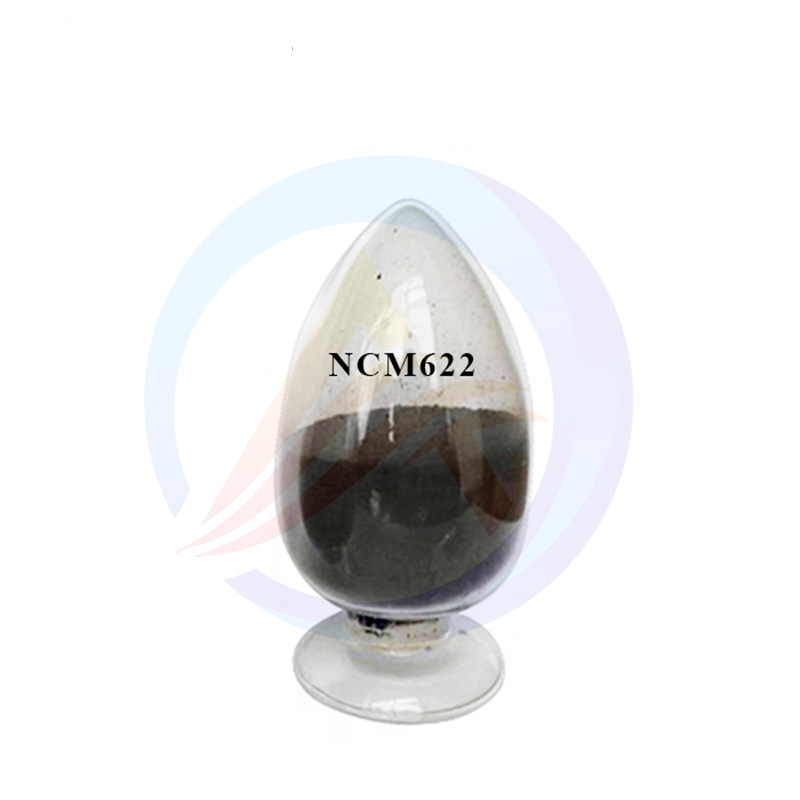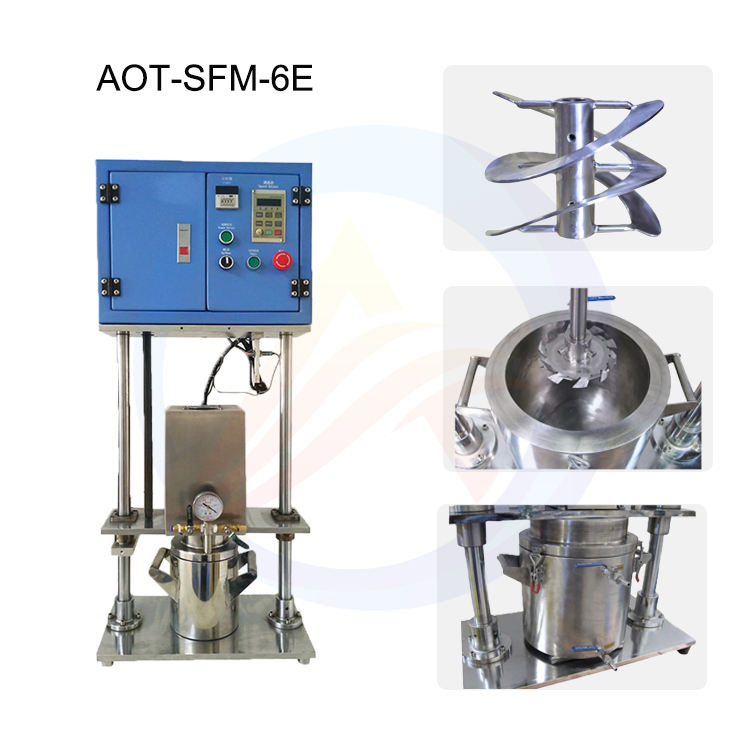In today’s rapidly evolving energy landscape, battery raw materials have emerged as pivotal elements driving the global shift towards sustainable and renewable energy sources. The sebattery raw materials are the building blocks of the batteries that power everything from electric vehicles (EVs) to renewable energy storage systems, wearable devices, and a multitude of consumer electronics. As the demand for clean energy solutions continues to surge, understanding the significance, types, and market dynamics of battery raw materials becomes increasingly crucial for businesses, investors, policymakers, and environmentally conscious consumers alike.
The battery raw material sector encompasses a diverse range of elements, each playing a distinct role in determining the performance, efficiency, and lifespan of batteries. Lithium, often hailed as the “white petroleum” of the 21st century, is a cornerstone of modern battery technology. Its unique electrochemical properties make it ideal for high - energy - density applications, particularly in lithium - ion batteries that dominate the EV and consumer electronics markets. The extraction and processing of lithium, primarily from brine deposits and hard - rock mines, have witnessed significant advancements in recent years, though challenges related to resource distribution, environmental impact, and supply chain sustainability persist.
Cobalt, another critical component in many battery chemistries, is highly valued for its stability and ability to enhance battery capacity and safety. However, the cobalt supply chain has long been marred by ethical and environmental concerns, particularly regarding mining practices in certain regions. This has spurred intensive research into cobalt - free battery alternatives and the development of recycling technologies to recover cobalt from spent batteries, aiming to reduce dependency on primary cobalt sources and mitigate associated risks.

lithium Nickel Cobalt Manganese Oxide NMC 622 Battery Cathode Material for Lab
Nickel, with its capacity to boost energy density, is a key player in the evolution of next - generation batteries. The growing demand for higher - performance batteries, especially for EVs with extended ranges, has led to an increased focus on nickel - rich cathode materials. Yet, the nickel market faces its own set of complexities, including price volatility due to fluctuating market demands and geopolitical factors, as well as the need for sustainable mining and refining practices to address environmental and social issues.
Manganese, though perhaps less prominently discussed than some other battery materials, contributes significantly to battery safety, thermal stability, and cost - effectiveness. It is utilized in various battery chemistries, including lithium - manganese - oxide batteries, and its role is expected to expand as battery technology continues to diversify. The relatively abundant global reserves of manganese provide a certain level of supply security, but ensuring a steady and responsibly sourced supply remains important for the industry’s long - term growth.
Beyond these well - known elements, the battery raw material universe is expanding to include emerging materials and innovative compounds. Silicon, for instance, is being explored as a potential anode material due to its high theoretical capacity, which could revolutionize battery energy density. Graphene, with its exceptional conductivity and mechanical strength, offers promising avenues for enhancing battery performance and charging speeds. Additionally, research into solid - state electrolytes and other novel materials is ongoing, as the industry seeks to overcome limitations of traditional lithium - ion batteries and pave the way for safer, more powerful, and longer - lasting energy storage solutions.
The market for battery raw materials is characterized by rapid growth, intense competition, and dynamic fluctuations influenced by a multitude of factors. The accelerating global adoption of EVs serves as a primary driver, with major automakers committing to ambitious electrification targets and establishing large - scale battery production facilities. This, in turn, creates a substantial demand pull for the necessary raw materials. Simultaneously, the renewable energy sector’s expansion, as it strives to store intermittent solar and wind energy for reliable grid supply and off - grid applications, further amplifies the need for battery raw materials. The consumer electronics industry, constantly innovating to deliver devices with longer battery life and faster charging capabilities, also plays a significant role in shaping market trends.
However, the battery raw material market is not without its challenges. Supply chain vulnerabilities, from geopolitical tensions affecting mining operations in specific regions to logistical bottlenecks and trade disruptions, pose risks to the consistent supply of materials. Environmental and social governance (ESG) considerations have risen to the forefront, with increasing scrutiny on mining practices, labor conditions, and the environmental footprint of material extraction and processing. Companies involved in the battery supply chain must navigate these challenges by adopting sustainable sourcing strategies, investing in recycling and circular economy initiatives, and collaborating across the value chain to enhance transparency and accountability.
Investment in research and development (R&D) is another critical dimension of the battery raw material landscape. Governments, research institutions, and private enterprises worldwide are pouring substantial resources into R&D projects aimed at discovering new materials, improving existing battery chemistries, and optimizing production processes. Breakthroughs in material science could lead to significant advancements in battery technology, such as higher energy - density batteries that enable longer - range EVs, faster - charging batteries that reduce consumer anxiety, and more sustainable batteries with lower environmental impacts. These innovations not only hold the potential to transform the energy storage industry but also have far - reaching implications for the broader energy transition and decarbonization efforts.
Looking ahead, the future of battery raw materials is intertwined with the global quest for a sustainable energy future. As technology evolves and market demands shift, the industry will likely witness the emergence of new material combinations and battery architectures. The integration of artificial intelligence (AI) and machine learning into material discovery and battery design processes is expected to accelerate innovation cycles. Furthermore, the development of robust recycling infrastructure will become paramount to creating a closed - loop system where used batteries are efficiently processed to recover valuable battery raw materials, reducing reliance on virgin materials and minimizing waste.
In conclusion, battery raw materials stand at the heart of the energy storage revolution, enabling the transition to a low - carbon economy and supporting countless applications that define modern life. Their exploration, extraction, processing, and utilization involve a complex interplay of scientific, economic, environmental, and social factors. By addressing the challenges and seizing the opportunities inherent in this dynamic sector, stakeholders can contribute to a future where reliable, affordable, and sustainable energy storage solutions power a cleaner and more prosperous world.













